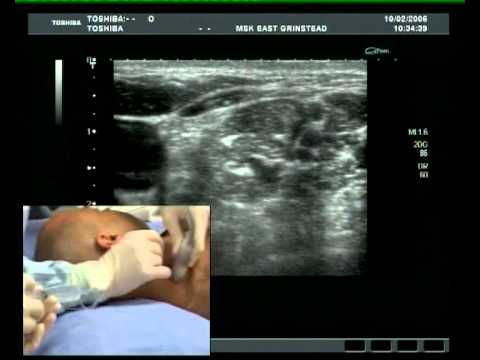- Joined
- Oct 15, 2005
- Messages
- 655
- Reaction score
- 9
Hi guys,
Trying to get my dept to start CISB catheters for TSA's.
We just got the new Contiplex C catheters. Have a good idea on how to put them in from a few videos.
Tips on these particular catheters?
Also, anyone have access to blockjocks that they could PM me the full videos of the links I posted. I am not a member and am too lazy to register, plus I don't want to pay a fee.
Thanks
http://www.blockjocks.com/8kKy/vip-lecture-series-the-contiplex-c-catheter-over-needle-system
http://www.blockjocks.com/RBB7/contiplex-c-femoral-catheter
Trying to get my dept to start CISB catheters for TSA's.
We just got the new Contiplex C catheters. Have a good idea on how to put them in from a few videos.
Tips on these particular catheters?
Also, anyone have access to blockjocks that they could PM me the full videos of the links I posted. I am not a member and am too lazy to register, plus I don't want to pay a fee.
Thanks
http://www.blockjocks.com/8kKy/vip-lecture-series-the-contiplex-c-catheter-over-needle-system
http://www.blockjocks.com/RBB7/contiplex-c-femoral-catheter





